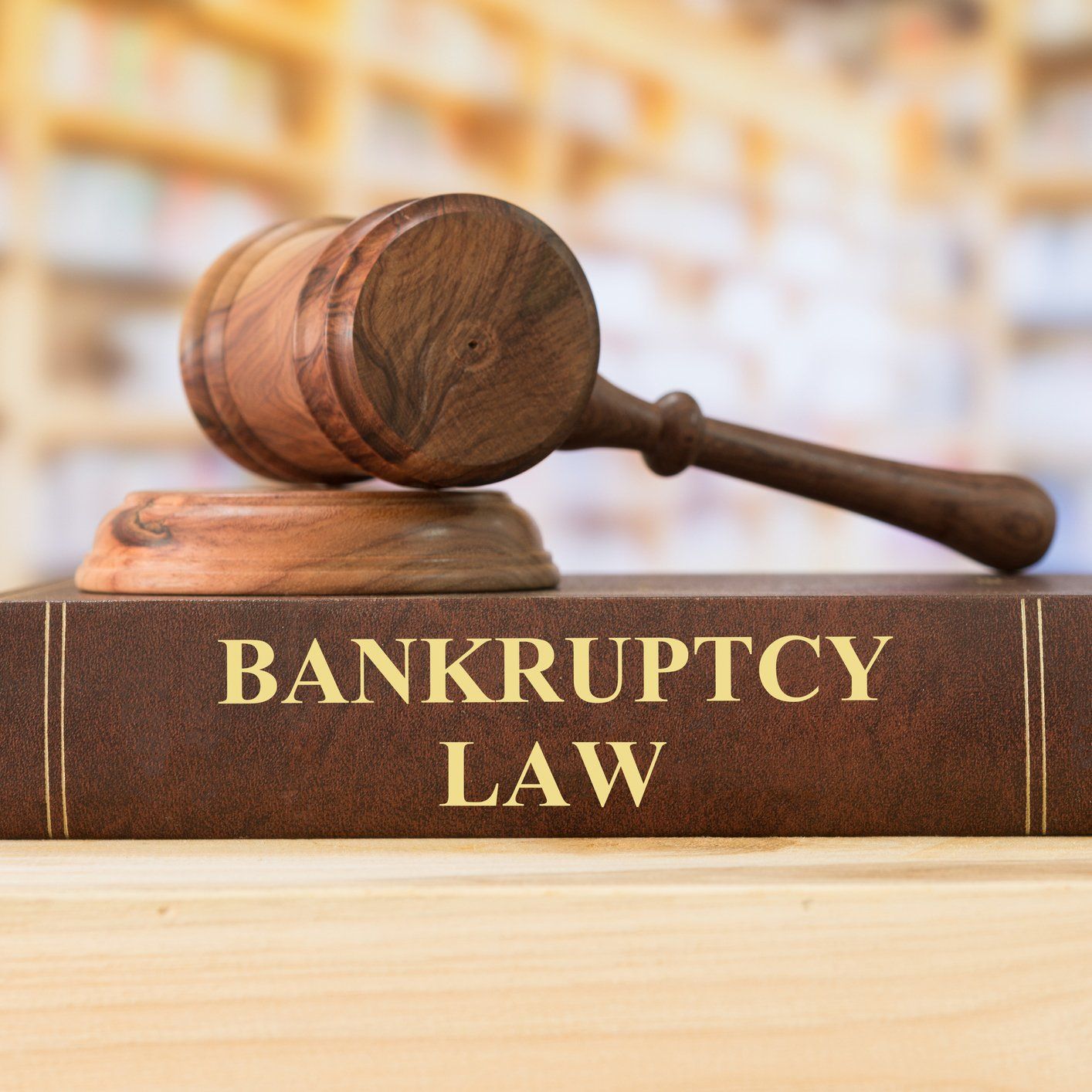Bankruptcy Attorney
Filing for bankruptcy is an important decision, so it is imperative that you have all the information you need. The Law Office of Charles R. Hayes, P.A., are dedicated to making the process as simple and stress-free as possible. We have compiled some information on the most common types of bankruptcy
to help you get started. For additional information, contact us today to speak with our helpful attorney. We are always happy to answer any questions you may have.
Chapter 7
Chapter 7 is the most common bankruptcy accounting for 60-70% of all consumer bankruptcy filings. In a general sense Chapter 7 is a liquidation. A debtor seeking relief under Chapter 7 is willing to liquidate assets to satisfy his/her debts. It is important to note that not all assets will be liquidated (or surrendered). There are exemptions that allow a debtor to keep certain items. It is important to speak with an Attorney to determine which exemptions are applicable in a given case. Chapter 7, in most cases, is the quickest way out of debt, but it is not available or advantageous for all people.
Chapter 13
Chapter 13 is a reorganization or restructuring of debt. Chapter 13 allows a debtor to pay back some or all of their debt based on their ability to repay. The debtor in Chapter 13 submits a plan to the Court for the treatment of his/her creditors. Each plan is specifically tailored to each case.
Chapter 13 may allow the debtor to reduce principal balances on car loans and investment property, and in some cases can allow a second or third mortgage or equity line to be removed from a primary residence. Chapter 13 may also be able to help save your primary residence from foreclosure. It is important to discuss your specific situation with an Attorney before deciding on when or even if to file. All possible solutions should be explored, such as debt consolidation, a short sale, deed in lieu of foreclosure, or foreclosure defense.
